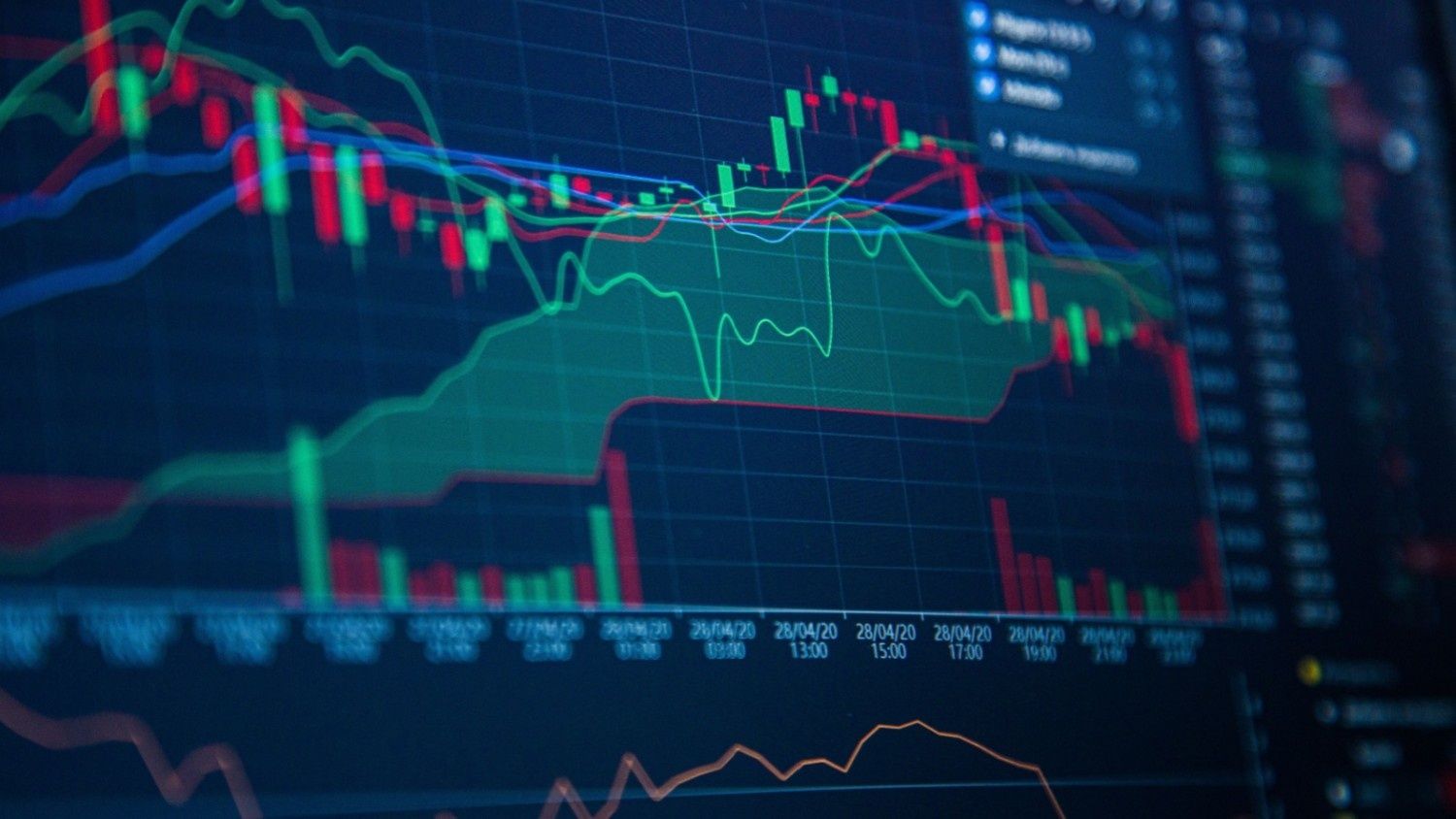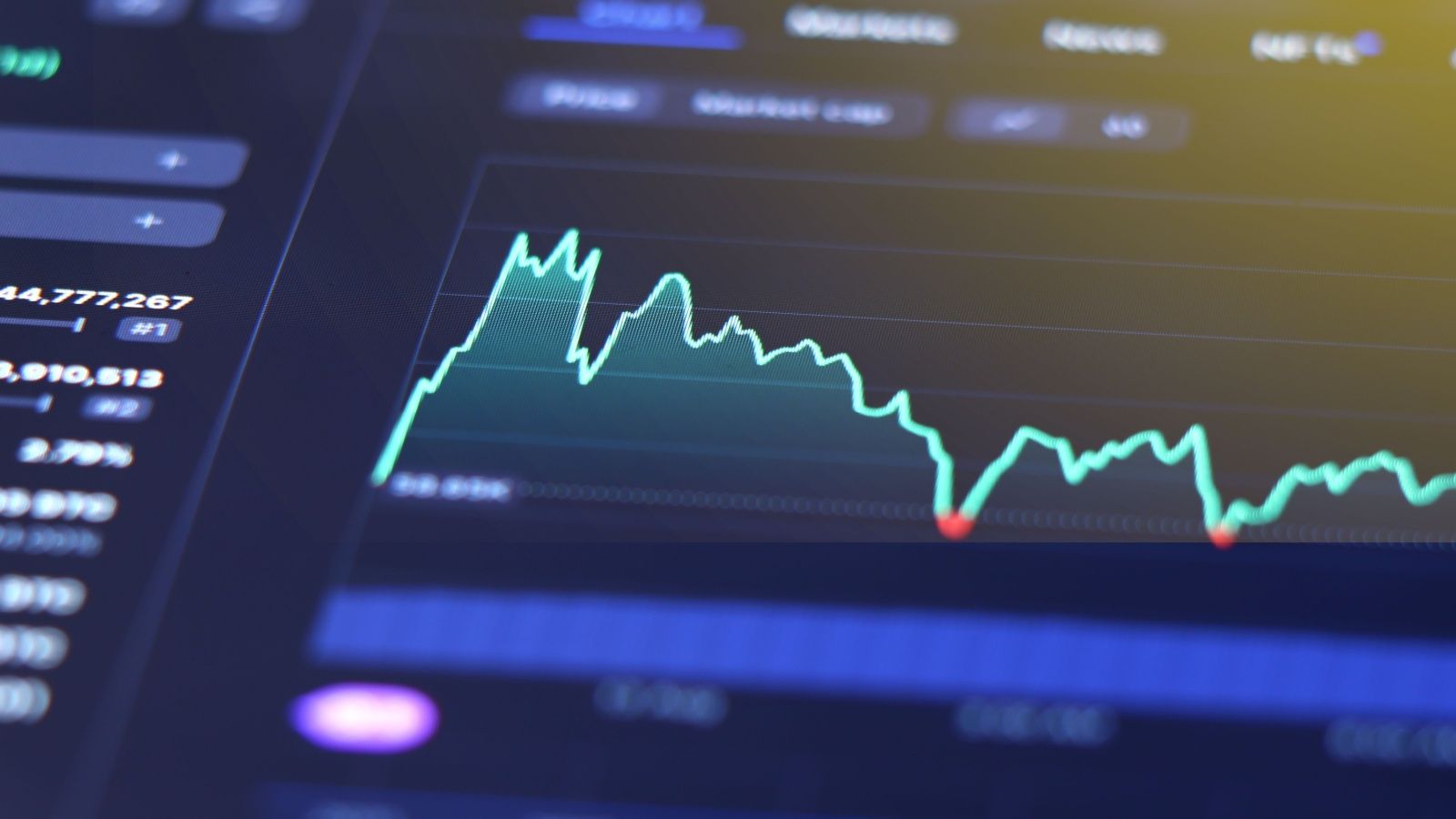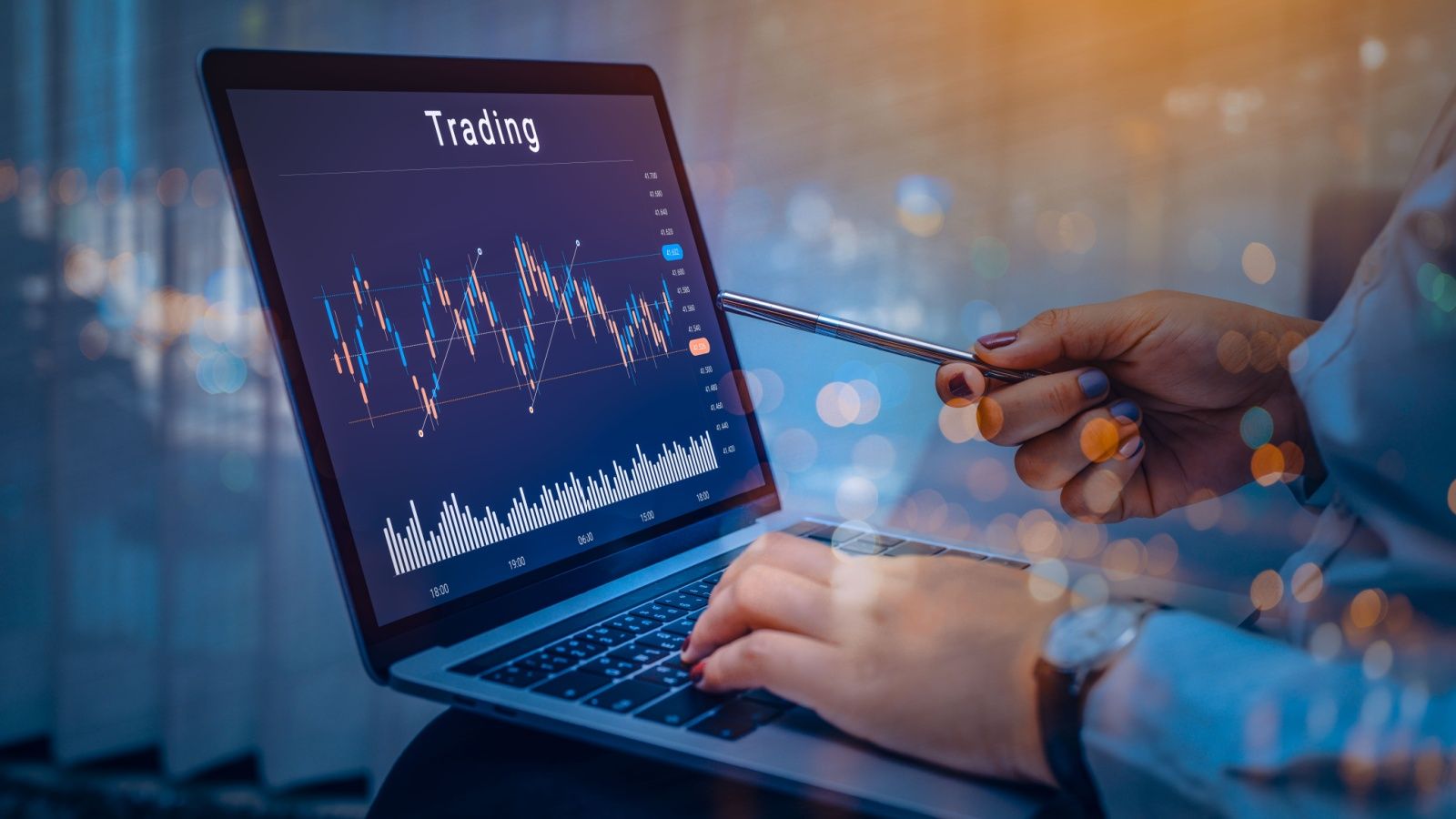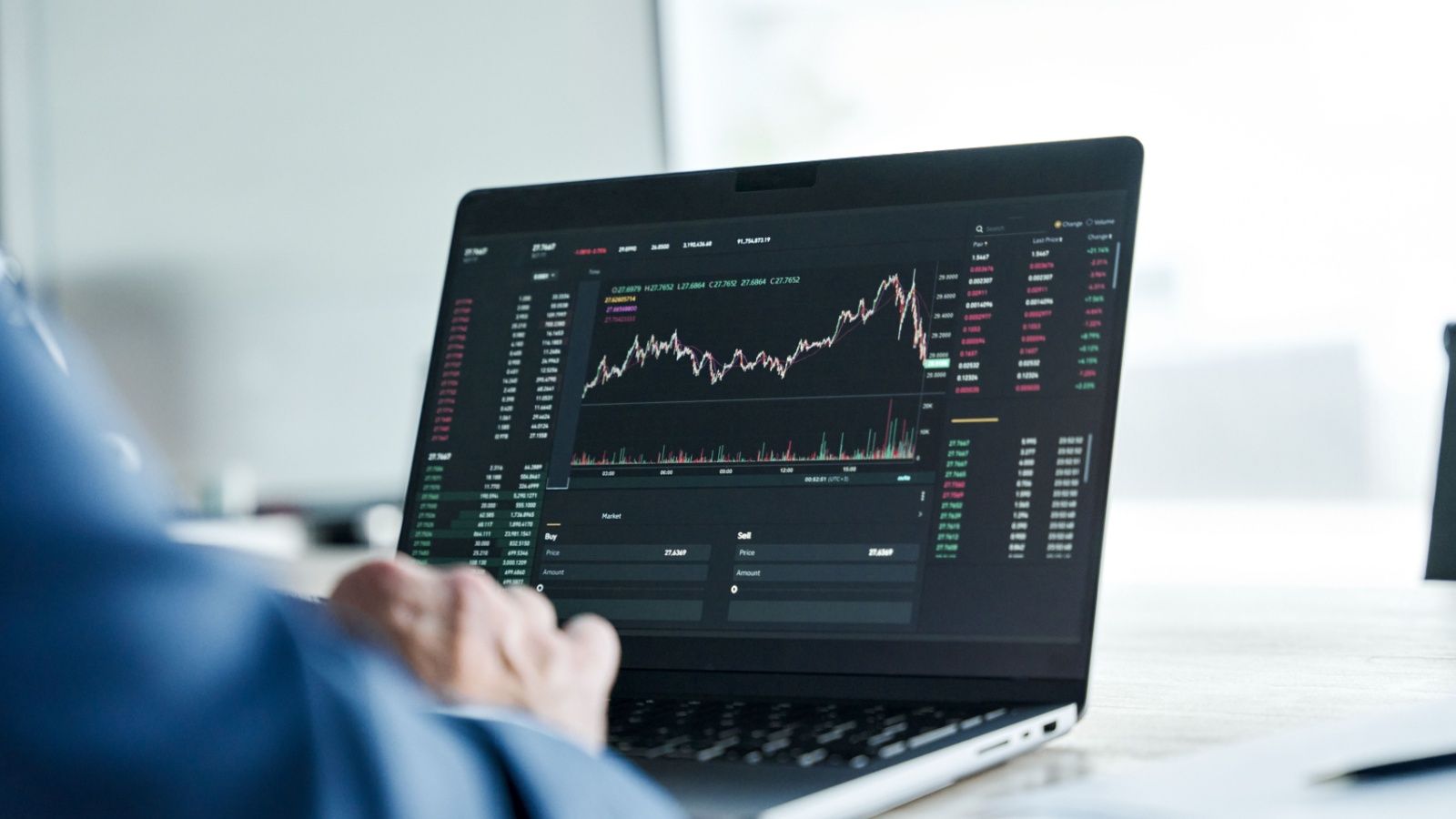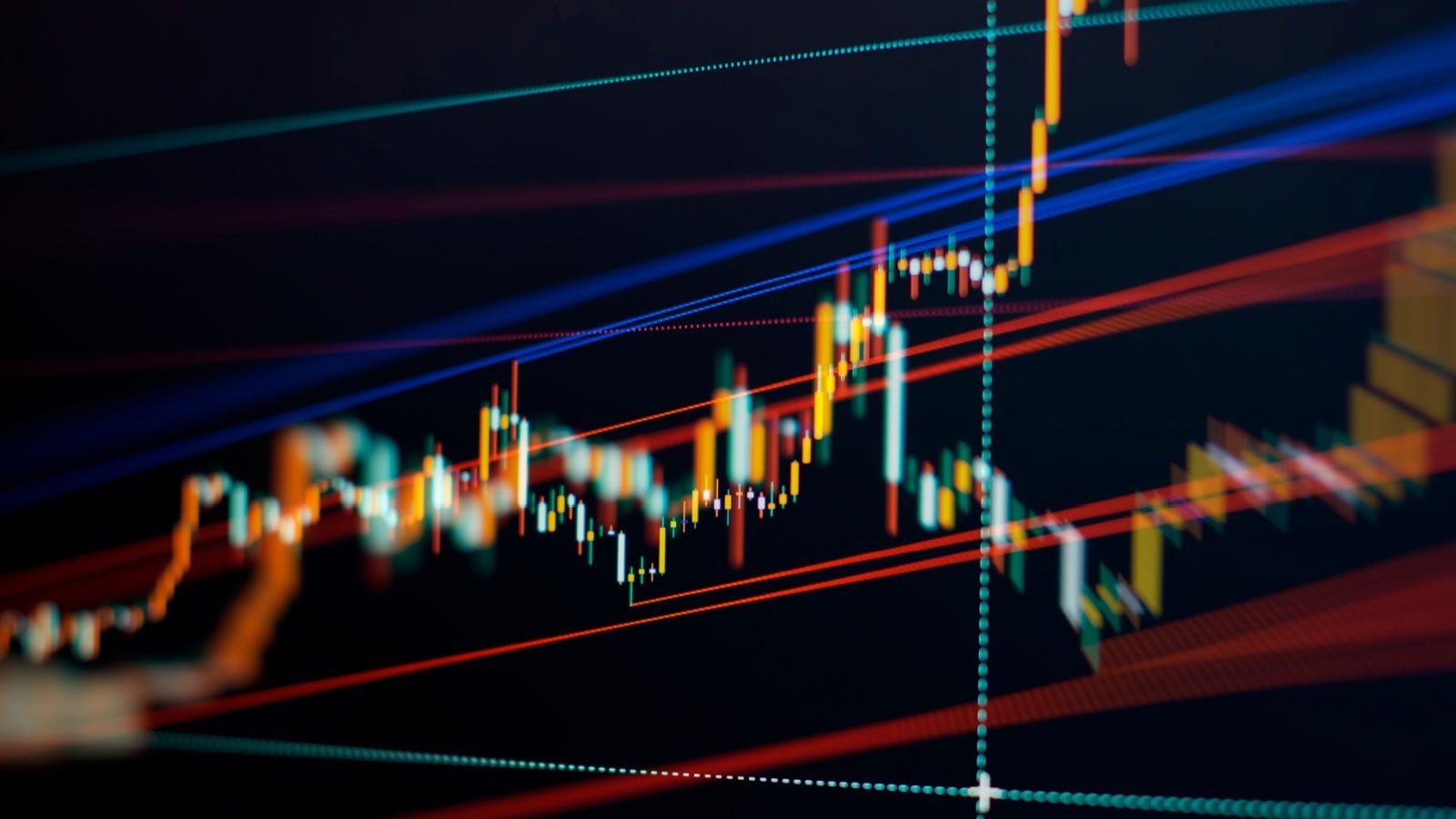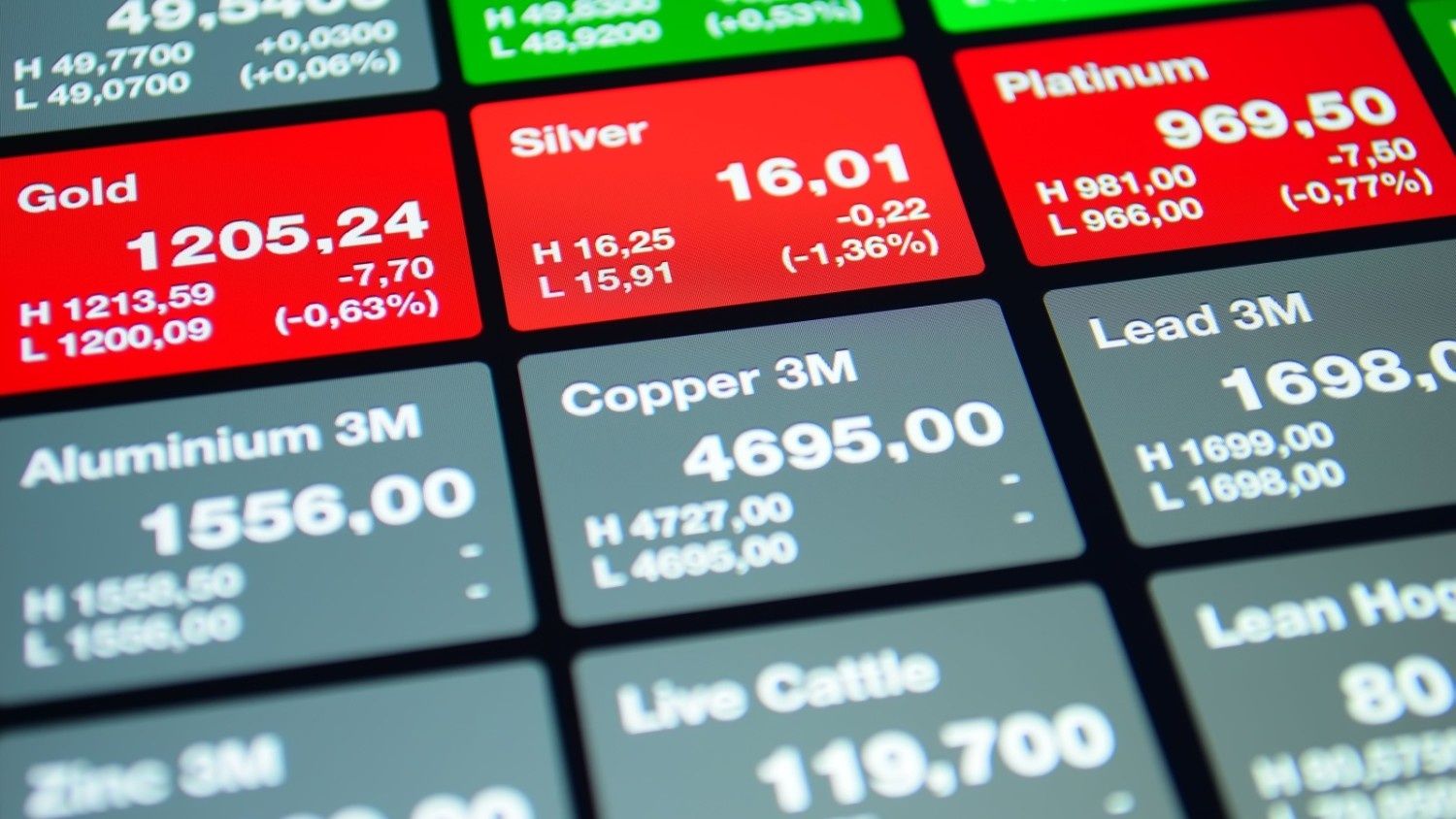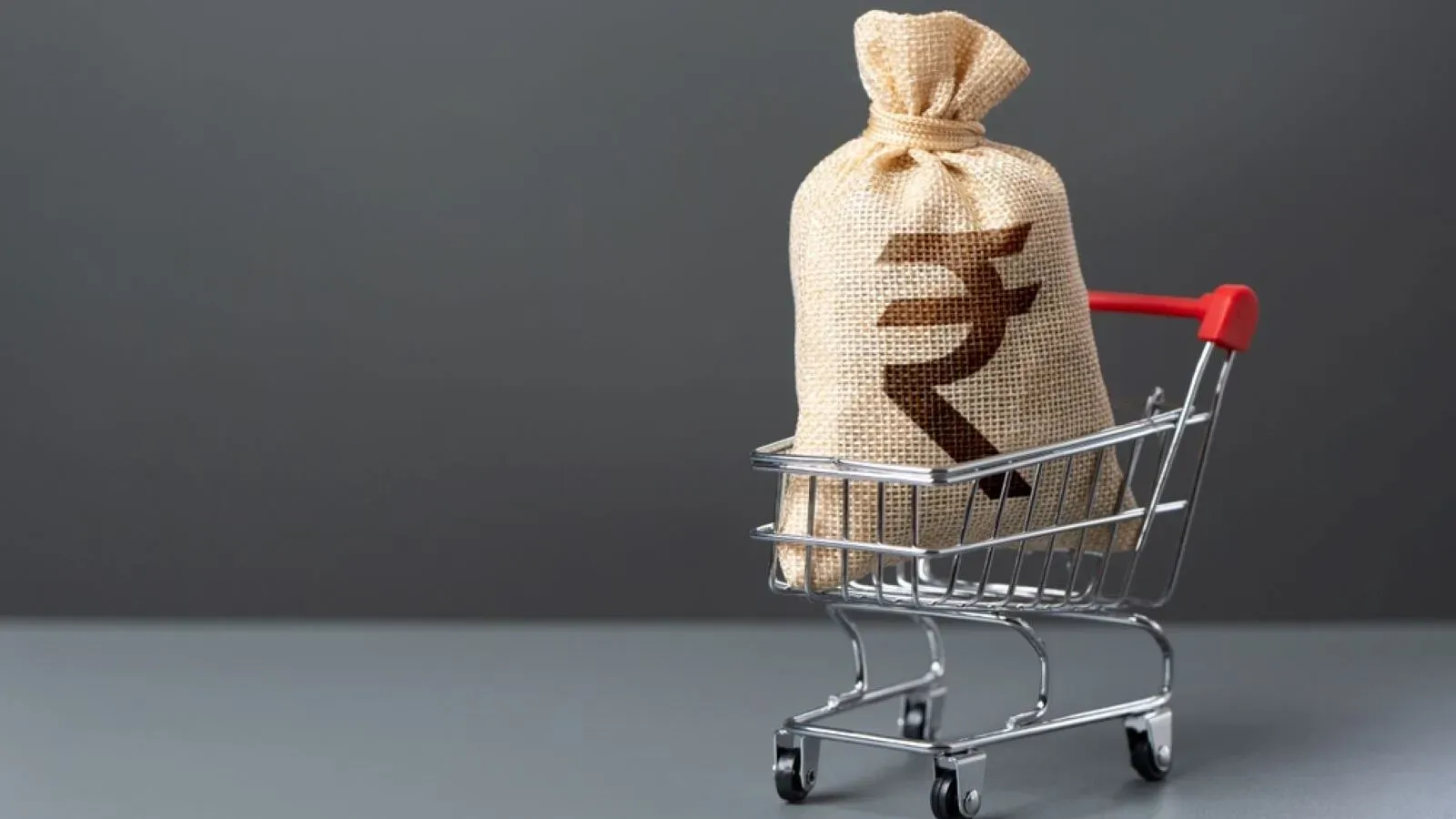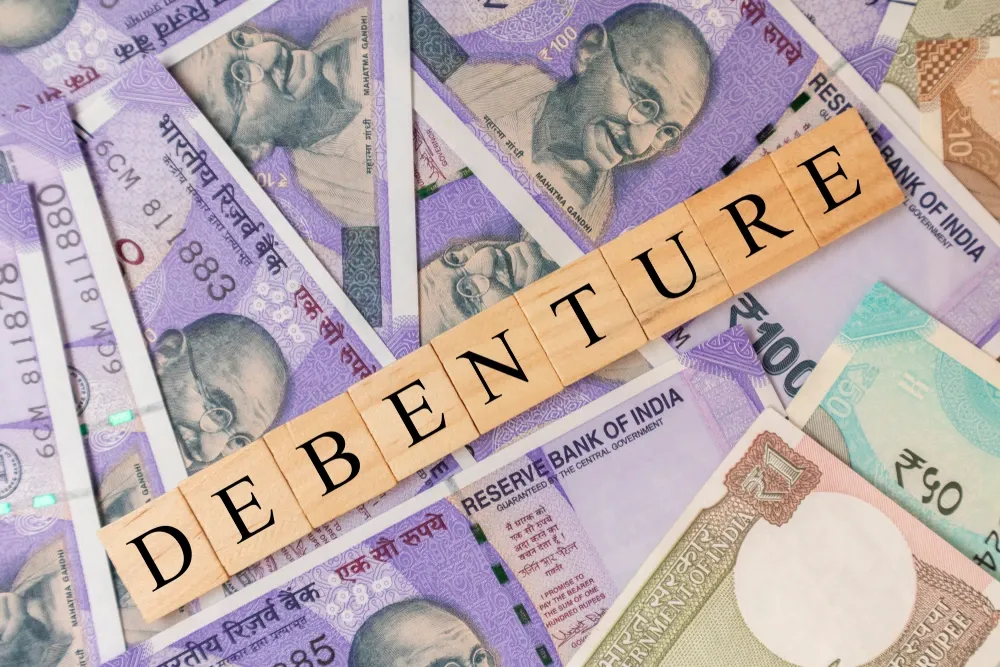Top 10 Reasons to Invest in Gold
Written by Pradnya Surana
Published on November 18, 2025 | 5 min read

Gold has captivated humanity for over 5,000 years. Even today, its relevance hasn't diminished, if at all, it's intensified. While cryptocurrencies promise digital gold and stocks promise growth, physical and paper gold continue to hold steady relevance, for gold has offered stability amidst chaos. With gold delivering 11% average annual returns over the past decade, the ancient asset proves its worth in modern portfolios.
The Inflation Hedge
Inflation silently erodes purchasing power. Gold usually rises with inflation, often outpacing it. In India, where past decade witnessed average retail inflation of 5-6%, gold's value rose by 11% annually, post inflation adjustment, this come to 5-6% return. Fixed deposits, yielding 6-7%, barely kept pace with inflation after taxes, making gold the superior wealth protector.
Crisis Insurance
Markets crash. Currencies collapse. Geopolitical tensions flare. Gold shines brightest when everything else fails.
During the 2008 financial crisis, while equity markets went south by 50-60% of their value, gold surged by 25%. In March 2020's COVID-19 panic, when stock markets crashed by around 50%, gold rallied 28% within months. So, gold proved to be downside protector thereby acting as insurance in crisis.
Portfolio Diversification
World wide, gold's correlation with equities is low to negative. When markets are going great and markets rally on economic optimism, gold may stagnate as investors are busy chasing growth in stock markets. Even here, gold never reverses drastically in value. This non-correlation reduces portfolio volatility significantly.
Global Currency
Gold’s value is universally established and accepted. It is not adversely affected by any single government's policy failures. Unlike the rupee, dollar or euro, whose values fluctuate based on central bank decisions, fiscal deficits, and political stability, gold maintains purchasing power globally. An ounce of gold buys roughly the same basket of goods in Mumbai, New York or Tokyo. This universal acceptability makes gold the ultimate portable wealth.
Limited Supply and Growing Demand
Unlike fiat currencies that governments can print, geology and mining restrict gold's supply. Meanwhile, its demand is growing. As central banks want to reduce dollar dependence, they are adding gold reserves. Also, jewellery, technology and investment demand continues growing while supply remains almost same. One simply doesn’t overmine gold! This supply-demand imbalance favours long-term price appreciation of this asset.
No Counterparty Risk
Stocks represent company ownership and companies can fail. Bonds are basically debts and borrowers can default. Bank deposits, thought are safest and assured, rely on banks solvency. And banks can collapse! The 2023 banking crisis in the US saw Silicon Valley Bank and others fail overnight, and uninsured deposits were simply wiped out. Gold, whether physical or ETF-backed, is a pure asset ownership with zero counterparty risk.
When you own gold, you don't depend on anyone's promise, creditworthiness, or management competence. It's not a liability on someone else's balance sheet. This independence becomes critical during systemic crises when institutional failures cascade.
Liquidity
Gold has been bought, sold and exchanged across every civilisation, economic system, and technological era. In India, every neighborhood has jewellers who are ready to buy gold. Banks accept gold as collateral. Gold ETFs trade with daily volumes exceeding ₹300 crores.
Rural families convert gold to cash during agricultural emergencies. Urban investors sell gold during market opportunities.Gold converts to cash within hours (physical) or minutes (ETFs) regardless of market conditions, making it the ultimate liquid reserve.
Cultural and Emotional Value
For Indians, gold is culture, tradition and identity. Weddings without gold feel incomplete. Grandmothers' wisdom says gold is security. This emotional connection, often dismissed by pure rationalists, has financial merit.
Cultural relevance creates sustained and often predictable demand. Jewellers know the demand is going to increase during Akshaya Tritiya, Diwali, wedding season, etc. This cultural demand stabilises prices.
Simple Transfer of Wealth
Unlike complex equity portfolios requiring valuation, demat transfers and documentation, gold passes seamlessly from generation to generation often by mere word of mouth, no taxation. Gold ETFs in dematerialised (Demat) account form transfer smoothly to nominees without elaborate estate settlements.
Financial Discipline
Finally, gold's unique psychology encourages saving discipline. Unlike easily-liquidated savings accounts or one-click stock sales, physical gold requires deliberate action to sell. This friction, often seen as a disadvantage, is actually beneficial for long-term holding.
Many Indian families accumulate gold throughout their earning years, creating forced savings that compound. The cultural norm of "never selling ancestral gold" means families inadvertently practice buy-and-hold investing that financial advisors preach but investors rarely practice.
Gold ETFs and Sovereign Gold Bonds enable systematic investment plans (SIPs), building wealth through rupee-cost averaging. Investing ₹5,000 monthly in gold regardless of price trains disciplined investing behavior applicable to all asset classes.
So, How Much Gold Should We Buy?
While these ten reasons are compelling and gold is a must have of your total portfolio, still it should not dominate. As the age old wisdom says, ‘Don’t put all you eggs in one basket’, so one shouldn’t go all gold (which still is the case with many Indian women).
Every asset class has its own merits and certain characteristics to help grown and protect your portfolio. Also, gold is not a get-rich-quick scheme. It's wealth insurance, portfolio ballast and generational bridge.
About Author
Pradnya Surana
Sub-Editor
is an engineering and management graduate with 12 years of experience in India’s leading banks. With a natural flair for writing and a passion for all things finance, she reinvented herself as a financial writer. Her work reflects her ability to view the industry from both sides of the table, the financial service provider and the consumer. Experience in fast paced consumer facing roles adds depth, clarity and relevance to her writing.
Read more from PradnyaUpstox is a leading Indian financial services company that offers online trading and investment services in stocks, commodities, currencies, mutual funds, and more. Founded in 2009 and headquartered in Mumbai, Upstox is backed by prominent investors including Ratan Tata, Tiger Global, and Kalaari Capital. It operates under RKSV Securities and is registered with SEBI, NSE, BSE, and other regulatory bodies, ensuring secure and compliant trading experiences.




